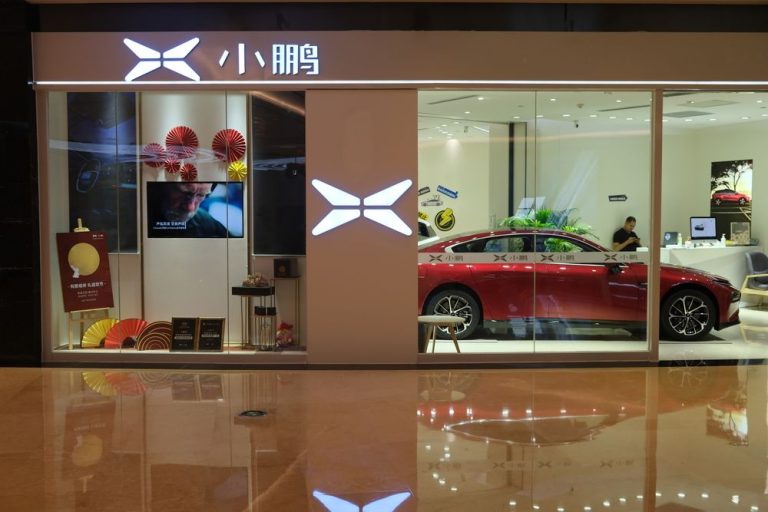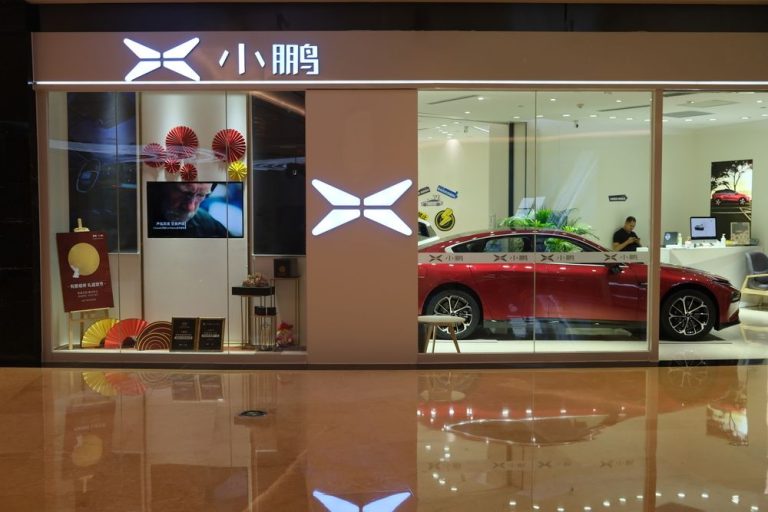The USD/JPY exchange rate dived sharply on Friday ahead of a crucial parliamentary speech by Shigeru Ishiba, Japan’s prime minister. It also plunged as the recent US dollar index (DXY) rally took a breather. The pair was trading at 150.20, down by over 4% from the highest point this month.
Japan stimulus hopes
The USD/JPY pair plunged as traders waited for a speech by Ishiba to Japan’s parliament. His primary goal is to ask the body to approve $92 billion worth of extra budget to fund a stimulus package.
Ishiba hopes that the new stimulus will help the country accelerate its recovery towards 2025. The package will include funds for households and companies, including providing aid to rural areas that have seen depopulation in the past few months.
Some of these funds will also be response to the country’s inflation, while others will move to security and social policies. On inflation, the government hopes to provide relief to motorists by lowering oil prices.
Still, that stimulus package has three key risks. First, in most periods, stimulus packages are often highly inflationary since they introduce more money to the economy. This is notable since Japan is now dealing with an elevated inflation. Data released this week showed that the BoJ’s core CPI dropped slightly to 1.5%.
Another report on Friday showed that the closely watched Tokyo core CPI rose from 1.8% in October to 2.2% in November. That CPI figure was higher than the median estimate of 2.0%. Also, the general CPI jumped to 2.6%.
Therefore, these numbers mean that the Bank of Japan will likely hike interest rates in its December meeting. The bank has hiked rates two times this year, moving the benchmark lending rate to 0.25%. As such, the impact of the $93 billion stimulus package will be offset by higher borrowing costs.
Second, the package will make Japan’s fiscal state worse as the public debt is still substantially high. Japan has over $9.3 trillion in debt, of which the BoJ holds about 43%%. This is a notable amount since Japan has a GDP of less than $5 trillion.
Third, analysts caution whether the stimulus is needed since the economy is doing relatively well. Data released this month showed that the economy grew by 0.9% in the third quarter, snapping two straight quarters of decline.
The USD/JPY pair has also reacted to this week’s economic numbers from the US. These numbers showed that the country’s PCE inflation remained steady in November. As such, there are rising odds that the BoJ will decide to maintain interest at the current level in its December meeting.
USD/JPY technical analysis
USD/JPY chart by TradingView
The daily chart shows that the USD to JPY exchange rate has suffered a harsh reversal, as we predicted. This bearish breakdown happened after the pair formed a rising broadening wedge pattern. This pattern is characterized by two ascending and diverging trendlines.
It has moved below the 50-day moving average and currently sits at the major S&R pivot point of the Murrey Math Lines. Also, the Relative Strength Index (RSI) and the Stochastic Oscillator have all pointed downwards.
The pair has also moved below the 50% Fibonacci Retracement level. Therefore, the path of the least resistance for the pair is downward, with the next point to watch being at 145, which is between the stop, pivot, reverse, and the bottom of the trading range of the math lines.
The bearish view will become invalid if the pair rises above the key resistance level at 153, the top of the trading range.
The post USD/JPY prediction: what next for the Japanese yen? appeared first on Invezz









